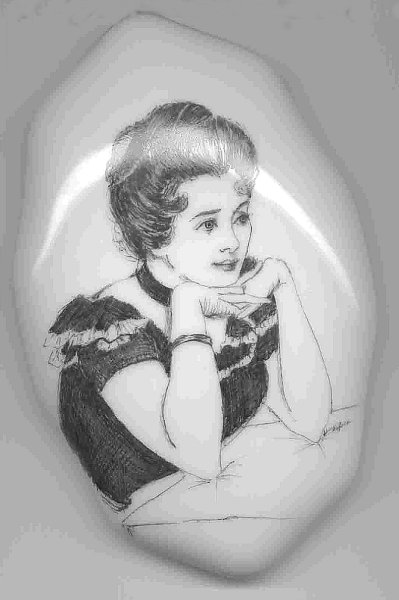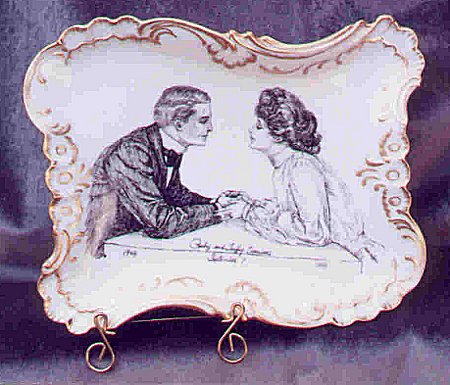
There is one exception to this statement and that is fat oil which is too thick by itself to use with the pen, but not when used in conjunction with other oils. The trick in using the oil to make pen paint is to get the paint as thin as ink so that it will flow from the pen point.
Now that I have your attention on the oil, let me clarify using the
oils.
As you know, some oils dry faster than others. Therefore, some
of the pen paint will dry faster than others and if there is some of
the closed medium left in the point ,it will start drying and clog the
point ,causing problems.
As you work with the pen, keep it clean. When you go over graphite, you will pick up small amounts of it and this will also clog the point.
To clean the point, never dip it in turpentine. Turpentine makes fat oil and as it dries in the little crack of the point, it will make the fat oil and the pen paint will not flow.
I always put a little denatured alcohol on a rag and wipe the point with this, using a finger nail to clean out the crack. This way I don't put too much pressure on the point, thus spreading the two sides and maybe springing them.
